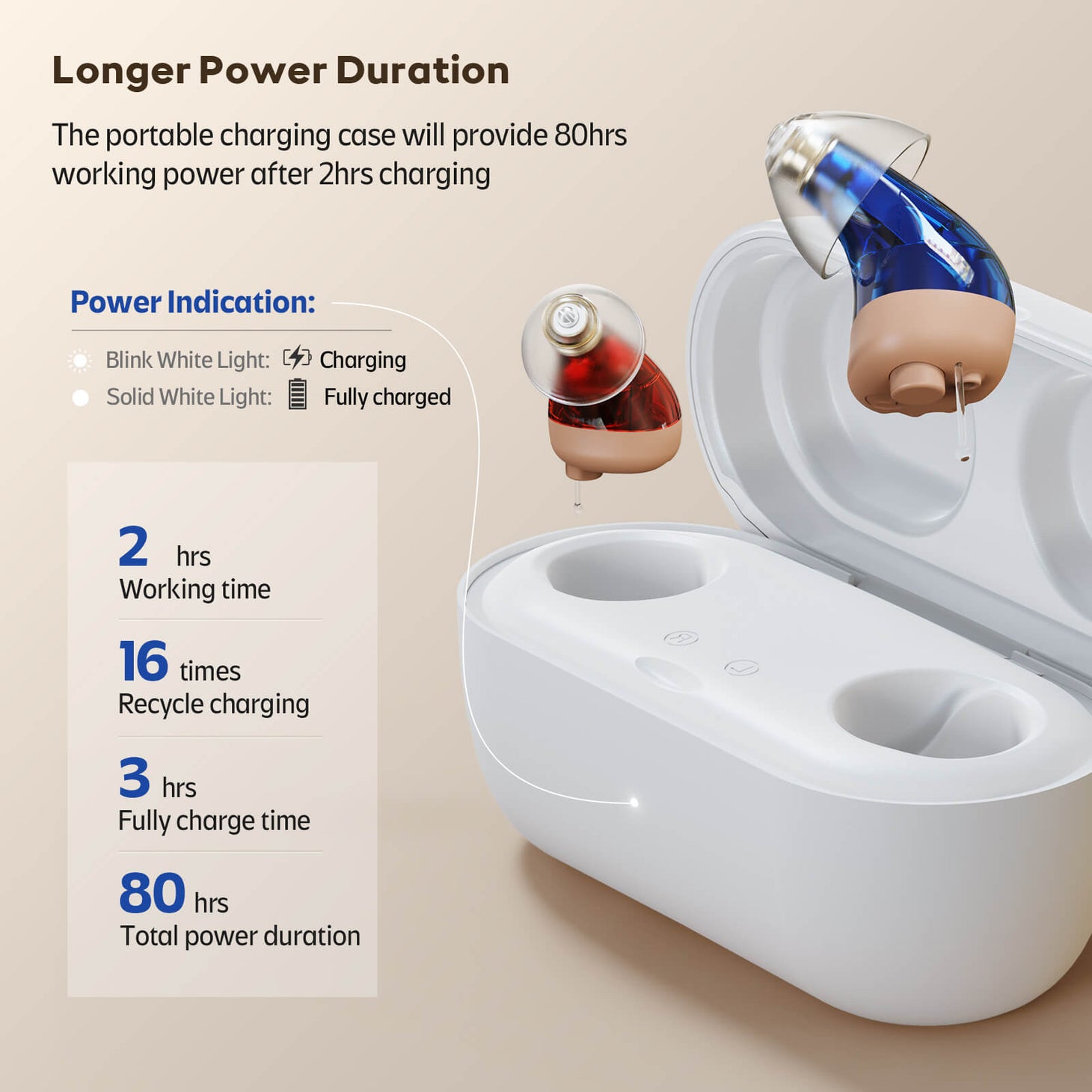Bluetooth technology has revolutionized the way we connect and communicate with various devices. From smartphones to headphones, Bluetooth has become an integral part of our daily lives. In recent years, this technology has also made its way into the hearing aid industry, offering numerous advantages for individuals with hearing loss. In this article, we will explore the benefits of using Bluetooth hearing aids in the industry.

Improved Connectivity
One of the key advantages of Bluetooth hearing aids is their ability to provide seamless connectivity with other devices. By wirelessly connecting to smartphones, tablets, and televisions, individuals can stream audio directly to their hearing aids. This eliminates the need for additional accessories or wires, making it more convenient and discreet for users. Whether it's listening to music, watching movies, or making phone calls, Bluetooth hearing aids offer a seamless and immersive listening experience.
Enhanced Control and Customization
Bluetooth hearing aids also offer enhanced control and customization options. Many manufacturers provide companion apps that allow users to adjust settings, such as volume, equalizer, and program selection, directly from their smartphones. This level of control empowers individuals to personalize their listening experience according to their preferences and specific hearing needs. Additionally, some Bluetooth hearing aids can automatically adjust settings based on the user's environment, ensuring optimal sound quality in different situations.
Improved Accessibility
Bluetooth hearing aids have significantly improved accessibility for individuals with hearing loss. With the ability to connect to various devices, individuals can now easily participate in phone conversations, video conferences, and virtual meetings. This technology eliminates the need for cumbersome assistive listening devices and allows individuals to communicate more effectively in both personal and professional settings. Bluetooth hearing aids have also made it easier for individuals to enjoy entertainment content, such as movies and music, without relying on subtitles or captions.
Wireless Connectivity with Assistive Listening Devices
In addition to connecting with smartphones and other devices, Bluetooth hearing aids can also wirelessly connect with assistive listening devices (ALDs). ALDs are commonly used in public venues, such as theaters and lecture halls, to enhance sound transmission for individuals with hearing loss. By integrating Bluetooth technology, individuals can directly connect their hearing aids to ALDs, eliminating the need for additional receivers or neck loops. This seamless integration improves the overall listening experience and ensures individuals can fully participate in various social and educational activities.
In conclusion, Bluetooth hearing aids offer numerous advantages for individuals with hearing loss. The improved connectivity, enhanced control and customization, improved accessibility, and wireless connectivity with assistive listening devices make Bluetooth hearing aids a game-changer in the industry. With the ability to seamlessly connect to various devices and provide a personalized listening experience, individuals can enjoy a more inclusive and fulfilling life. Embracing the advancements in Bluetooth technology, the future of hearing aids looks promising.


